Contact Details

Walter has expanded the productive and cost effective Walter Titex Perform lineup of TC115/TC216 taps with an array of new sizes. The Perform lineup of products is one of three categories to Walter Titex threading tools. Perform tools are products that provide an economical solution with focused importance on price. The others are Supreme, indicating the highest level of technology and performance available, and the Advance, which indicates product efficiently balanced between price and performance.
The new sizes include UNC thread styles, giving these highly flexible taps an even wider range of application in a variety of materials. New dimensions for the line include metric fine (MF) M8 × 1 to M18 × 1.5; and UNC #6, 8, 10, plus ¼, 5/16, ⅜, ½, ⅝ and ¾.
The TC115 (blind-hole) and TC216 (through-hole) taps tackle material ranging from steel to aluminum (ISO material groups P, M, K and N), and because of this versatility can help save on inventory costs by reducing the number of taps needed. The TC115 blind-hole tap has a 45° helix angle (for thread depth of 3×D) and a C-form chamfer.
The TC216 through-hole tap features a spiral point for forward chip evacuation and a thread depth capability of 3.5×D. Both taps have HSS-E bodies and are available with either TiN or vaporized coating. The vaporized option increases process reliability with tough ISO-M materials while the TiN coating provides longer tool life and higher cutting speeds among its benefits.
Related Glossary Terms
- blind-hole
blind-hole
Hole or cavity cut in a solid shape that does not connect with other holes or exit through the workpiece.
- helix angle
helix angle
Angle that the tool’s leading edge makes with the plane of its centerline.
- tap
tap
Cylindrical tool that cuts internal threads and has flutes to remove chips and carry tapping fluid to the point of cut. Normally used on a drill press or tapping machine but also may be operated manually. See tapping.
- threading
threading
Process of both external (e.g., thread milling) and internal (e.g., tapping, thread milling) cutting, turning and rolling of threads into particular material. Standardized specifications are available to determine the desired results of the threading process. Numerous thread-series designations are written for specific applications. Threading often is performed on a lathe. Specifications such as thread height are critical in determining the strength of the threads. The material used is taken into consideration in determining the expected results of any particular application for that threaded piece. In external threading, a calculated depth is required as well as a particular angle to the cut. To perform internal threading, the exact diameter to bore the hole is critical before threading. The threads are distinguished from one another by the amount of tolerance and/or allowance that is specified. See turning.
- through-hole
through-hole
Hole or cavity cut in a solid shape that connects with other holes or extends all the way through the workpiece.
- titanium nitride ( TiN)
titanium nitride ( TiN)
Added to titanium-carbide tooling to permit machining of hard metals at high speeds. Also used as a tool coating. See coated tools.

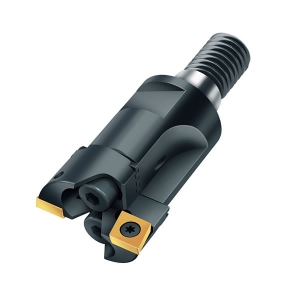

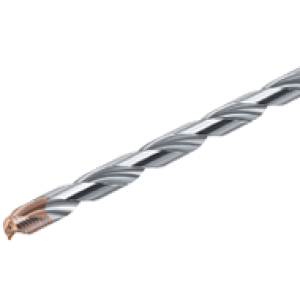


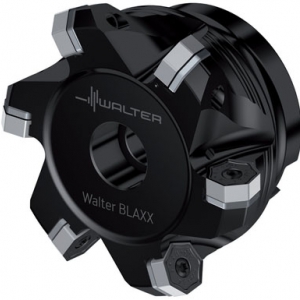
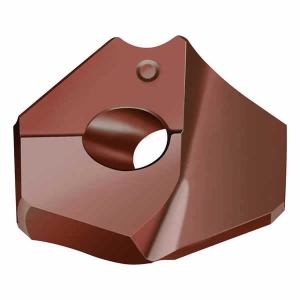

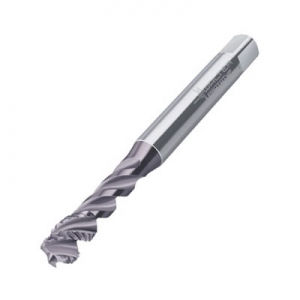
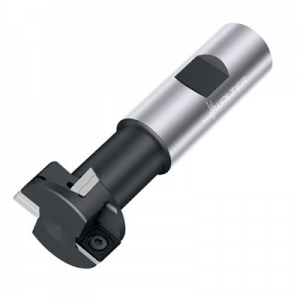
 PRODUCTS
PRODUCTS

